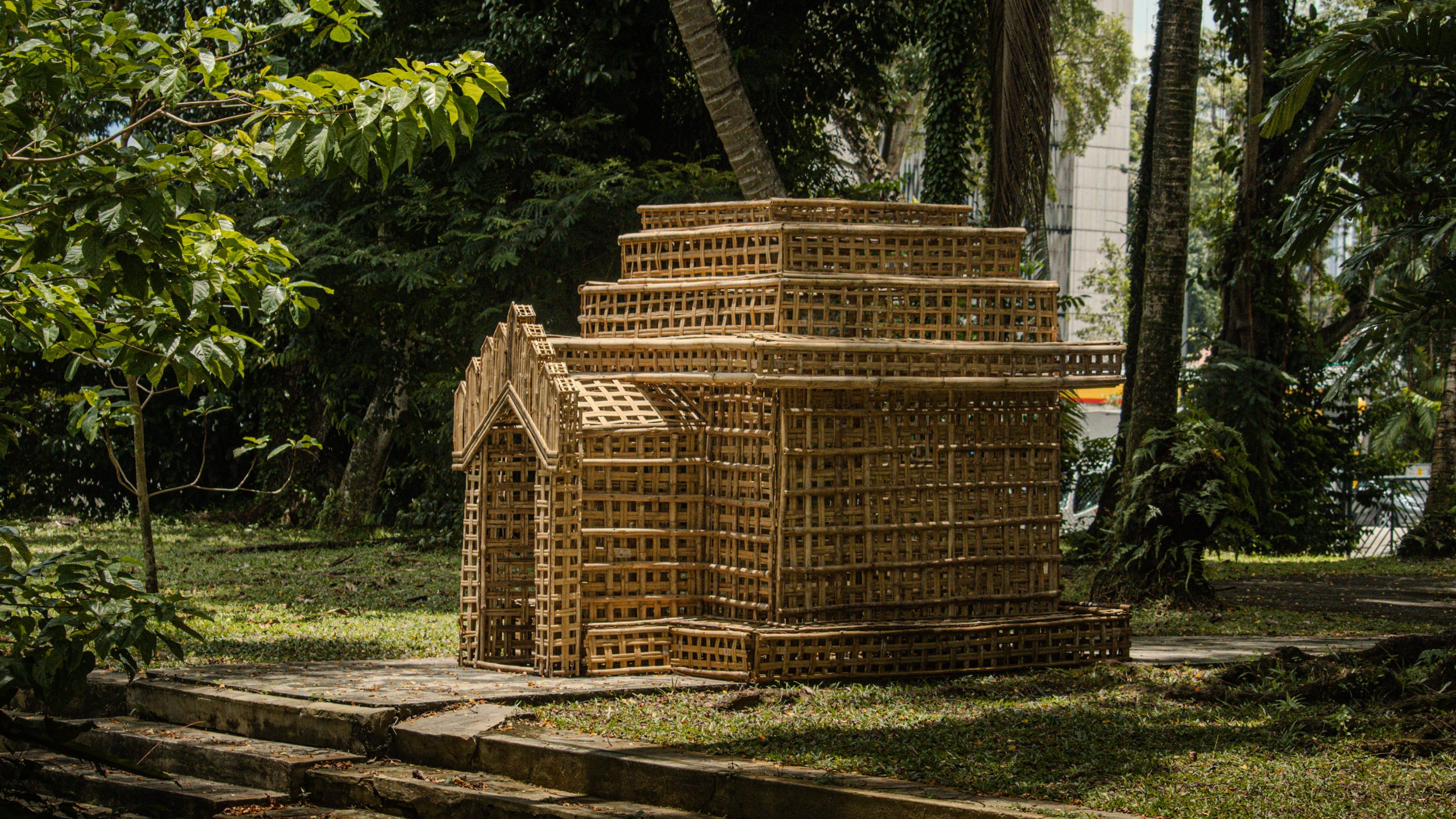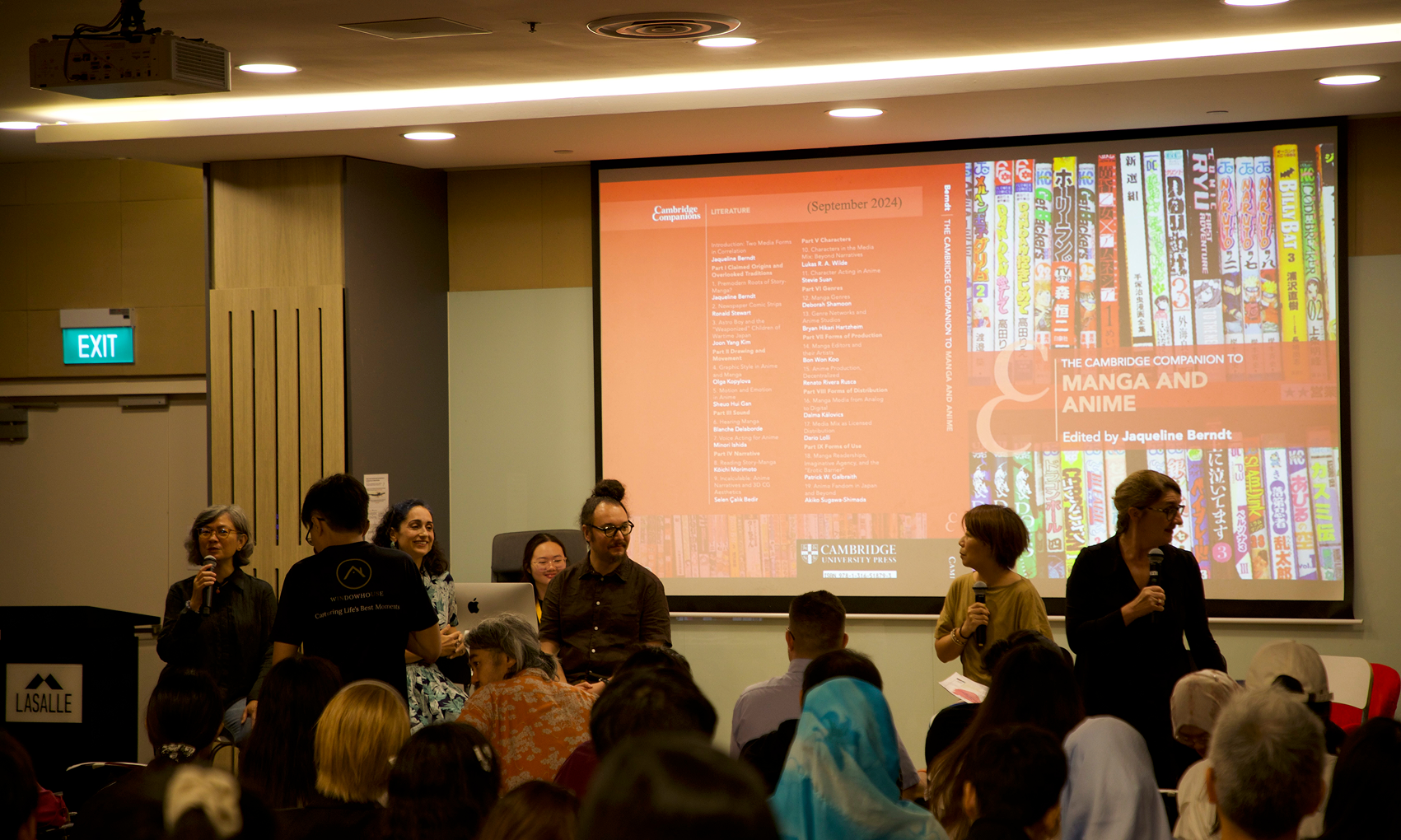Journal and book publications
Divergent Generative Art Practices
The aim of this panel session is to analyze and compare possible new venues, media, methodologies and forms that generative practices are taking today. We claim that a combination of analytical, playful and critical approaches in understanding and using technologies is important in today’s art world. The discussions will start by addressing the creative and cognitive aspects of procedural fluency in creating, reading or interpreting a generative artwork. By assessing the perceptual interaction with generative art, we will continue to question the narrative and performative qualities of this relatively new form. These two sections will introduce us to the contemporary smart cities as venues for generative practices and a notion of engaging city dwellers to participate in this complex system of networks and devices. Furthermore, we will discuss the new potential divergences of generative art practice. Biotechnology and quantum mechanics open another unimaginable field of generative activities that, equally to other venues, require critical, analytical and creative use of technology.
Citation:
Dejan Grba et al. "Divergent Generative Art Practices." ISEA 2016 Hong Kong CULTURAL R>EVOLUTION: Proceedings of the 22nd International Symposium on Electronic Art, 2016, pp. 408-413.
Having a Ball with the Sphere
Robert Casteels has composed a growing corpus of more than 100 musical works cross cultures, genres and disciplines. These range from miniature to large-scale works in the European tradition, as well as multidisciplinary works which combine European, Chinese and Indian instruments, as well as the gamelan, together with computer-generated sound and images. Instances of space for creative interaction between the performers in these compositions have been far and few between. The work, time:space:, has unveiled new possibilities for interaction and a blurring the line between performer and composer creating an artistic interconnectivity and interdependency.
Citation:
Stromberg, Dirk Johan and Robert Casteels. "Having a Ball with the Sphere." ICMA Array: Special Issue: Proceedings of SI15: 2nd International Symposium on Sound & Interactivity 2015 Singapore, 2016, pp. 98-100.
CellF: A Neuron-Driven Music Synthesiser for Real-Time Performance
CellF is the world’s first neuron-driven synthesiser. It is a collaborative project at the cutting edge of experimental art and music that brings together artists, musicians, designers and scientists to create a cybernetic self-portrait. cellF is an autonomous, bioanalogue electronic musical instrument designed to operate independently and interact with human musicians. The instrument is controlled by a bioengineered neural network or ‘brain’ derived from skin cells using induced pluripotent stem cell (iPSC) technology that is housed in a custom built synthesiser ‘body’. This paper introduces the cellF project highlighting the background, biotechnology, embodiment, design and performance capabilities.
Citation:
Moore, Darren et al. "CellF: A Neuron-Driven Music Synthesiser for Real-Time Performance." International Journal of Performance Arts and Digital Media, vol. 12, no. 1, 2016, pp. 31-43, doi:10.1080/14794713.2016.1161954.
Growing and Sustaining Creative Pattern Cutting as a Recognised Profession in Asia.
Recent years have shown a gradual shift in apparel production from China to parts of Southeast Asia, allowing fashion designers to leverage lower labour costs and raw material resources during sampling and production. These cost-saving benefits have impacted the overall perception of quality, as designers frustratingly come to realise the poor levels of skills and pattern cutting knowledge within the region. The current challenges portray the existence of a regional gap in manpower for well-trained pattern cutters to support the designers wishing to produce their collections in Southeast Asia. One such response to this demand is recognised in the current trend of universities offering courses and programmes in creative pattern cutting. Pattern cutting is traditionally seen as a secondary by-product of the fashion design discipline, rather than its own professional career pathway. Against the Asian context, pattern cutting is considered a vocational operation that requires very little formal education. However, the introduction of creative pattern cutting as a specialism within tertiary design education is beginning to challenge existing misconceptions and reshape the role of pattern cutting as an extension of fashion design. This paper aims to review the current value of highly skilled creative pattern cutters in Southeast Asia through discussions of educational support and potential production capabilities within the region.
Citation:
Tan, Jeremiah and Harah Chon. "Growing and Sustaining Creative Pattern Cutting as a Recognised Profession in Asia." International Journal of Fashion Design, Technology and Education, vol. 9, no. 2, 2016, pp. 161-167.








